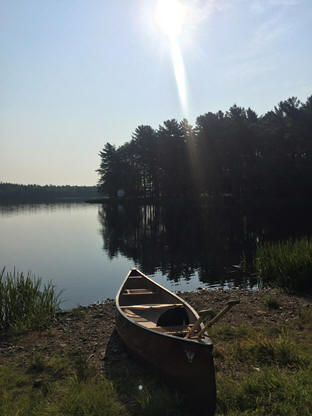
This is an NSERC-funded strategic project focused on lakes in Southwest Nova Scotia that are stressed by mink farming operations, as well as acidification, climate change, and land-use changes. This project involves partners from Queen's University, Mount Allison University, the University of Ottawa, Dalhousie University, and Acadia University.
The overall research questions of this project include:
a) Are regional lakes becoming more eutrophic? If so, are mink farming operations a probable cause?
b) Are mink farming operations causing hypolimnetic oxygen declines (and therefore losses of fish habitat)?
c) Can we track the presence of mink farming operations to chemical signatures in the sediment record?
d) Are contaminants (including metals and persistent organic pollutants) present and/or increasing in the sediment record of regional lakes? Is there a link to the presence of mink farming operations?
e) How are multiple stressors (acidification, climate change) interacting to affect biological assemblages in regional lakes?
f) Are gulls transporting pollutants from mink farms (including nutrients, metals, and contaminants) to other systems?
Publications from this project:
1) Campbell, J., Libera, N., Smol, J.P., and Kurek, J. 2022. Historical impacts of mink fur farming on chironomid assemblages of shallow lakes in Nova Scotia, Canada. Lake and Reservoir Management 38: 80-94.
2) Campbell, J., Libera, N., Smol, J.P., and Kurek, J. 2022. Stability of midge assemblages in productive shallow lakes exposed to point and diffuse nutrient inputs. J. Paleolimnology volume 67, pages 259-272. https://doi.org/10.1007/s10933-021-00230-9
3) Gregory, B.R.B., Kissinger, J.A., Clarkson, C., Kimpe, L.E., Eickmeyer, D.C., Kurek, J., Smol, J.P., and Blais, J.M. 2022. Are fur farms a potential source of persistent organic pollutants or mercury to freshwater ecosystems? Science of the Total Environment 833: 155100. http://dx.doi.org/10.1016/j.scitotenv.2022.155100.
4) Jones, A., Labaj, A., Campbell, J., Libera, N., and Kurek, J. 2022. Zooplankton assemblage and body size responses to severe lake eutrophication from agricultural activities near mink farms in Nova Scotia, Canada. Journal of Plankton Research. doi.org/10.1093/plankt/fbac022. doi.org/10.1093/plankt/fbac022
5) Campbell, J.M. 2021. Assessing the effects of eutrophication on lakes in southwestern Nova Scotia using subfossil remains of Chironomidae and Chaoboridae. M.Sc. thesis, Mount Allison University, Canada.
6) Jones, A.G. 2019. A paleolimnological investigation of the impacts of mink farming on lakes in southwestern Nova Scotia. B.Sc. Honours thesis, Mount Allison University, Canada.
7) Gutowsky, S.E., Mallory, M.L., Studholme, K.R., Ronconi, R.A., Allard, K.A., Shlepr, K., McIntyre, J., and Craik S.R. 2021. The influence of industry on the behavior of breeding gulls varies among colonies in southern Atlantic Canada. Wildlife Biology 2021: wlb.00804.
8) McIntyre, J.A. 2020. Anthropogenic subsidies and contaminant biotransport by herring gull (Larus argentatus) in southern Nova Scotia. MSc. Thesis, Acadia University, Wolfville, NS. https://scholar.acadiau.ca/islandora/object/theses:3478
9) A. Van Heyst, Sinclair A, R. Jamieson. 2022. Application of phosphorus loading models to understand drivers of eutrophication in a complex rural lake-watershed system, Journal of Environmental Management, Volume 302, Part A. https://www.sciencedirect.com/science/article/pii/S0301479721020727?via%3Dihub
10) Libera, N., Rühland, K.M., Kurek, J., and Smol, J.P. 2024. Before and after mink fur farming: water chemistry and sedimentary diatom assemblages in lakes from southwest Nova Scotia, Canada. Lake and Reservoir Management 40: 18-35. https://www.tandfonline.com/doi/full/10.1080/10402381.2024.2306639
11) Kissinger, J.A., Gregory, B., Clarkson, C., Libera, N., Eickmeyer, D.C., Kimpe, L.E., Kurek, J., Smol, J.P., and Blais, J.M. 2023. Tracking pollution from fur farms using forensic paleolimnology. Environmental Pollution 335: 122307. https://www.sciencedirect.com/science/article/pii/S026974912301309X


|